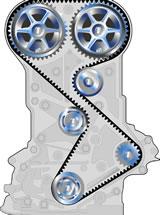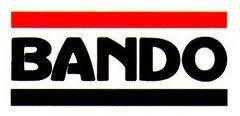



Copyright of Import Performance Inc . All Rights Reserved.
About Us
Services
FAQ
News
Tricks of the trade
Locations
Contact Us
Links
Reviews
Appointment
Roadside Assistance
Nationwide Warranty
Consumer Rights
Maintenance Schedule
Random Gallery - IPR
About
Services
FAQ
News
Tricks of the trade
Locations
Contacts
Links
Reviews
Appointments
Maintenance Schedule



Air Conditioning Service
Alignment
Axles
Belts
Battery Service
Brake Fluid Flush
Brakes
Cooling System Service
Engine Diagnostics
Fuel Injection
Oil Change Service
State Inspection
Steering & Suspension
Tires
Nitrogen Inflation
Transmission Fluid Service
Tune-ups - Service
Wheel Balancing
Alignment
Axles
Belts
Battery Service
Brake Fluid Flush
Brakes
Cooling System Service
Engine Diagnostics
Fuel Injection
Oil Change Service
State Inspection
Steering & Suspension
Tires
Nitrogen Inflation
Transmission Fluid Service
Tune-ups - Service
Wheel Balancing

Timing belt replacement is the “must-do” service operation which every car owner should know about. Along with that knowledge, we should be aware of whether our engine is considered an interference engine or not. These two bits of information can, at a minimum, save us from unexpected breakdown and in the extreme can help us avoid thousands of dollars in repairs.
Timing Belt - Drive Belts
Without getting too technical, the synchronization between two internal engine parts (the crank and cam shafts) is accomplished with the help of the timing belt. In the process of these two parts moving the valves open and close in close proximity to the pistons. This constitutes an interference engine, because if the timing belt jumps a tooth on the sprocket on which it rides or the belt fails altogether the valves and pistons will “interfere” with each other
Don't wait until your belts begin squealing before inspecting them for wear. Make it a point to check them each time you change your oil to ensure they're in good condition. Taking the time to check the tension and condition of belts will ensure you're vehicle is always ready to run when you are. Driving a vehicle with worn belts is never worth the risk.
Tiny cracks in grooves are normal, but deep fissures, splits, and frayed edges are not. If a belt is glossy in appearance or if sections are missing, you should replace it right away. Replace multi-groove varieties that are missing segments across 2 or more ribs as soon as possible.
Tiny cracks in grooves are normal, but deep fissures, splits, and frayed edges are not. If a belt is glossy in appearance or if sections are missing, you should replace it right away. Replace multi-groove varieties that are missing segments across 2 or more ribs as soon as possible.
Benefits
Avoid suden brake down
Avoid major engine damage
Maintain a good running engine
Replace per manufactures interval
Most cars 60,000 or 90,000 miles
Avoid suden brake down
Avoid major engine damage
Maintain a good running engine
Replace per manufactures interval
Most cars 60,000 or 90,000 miles



